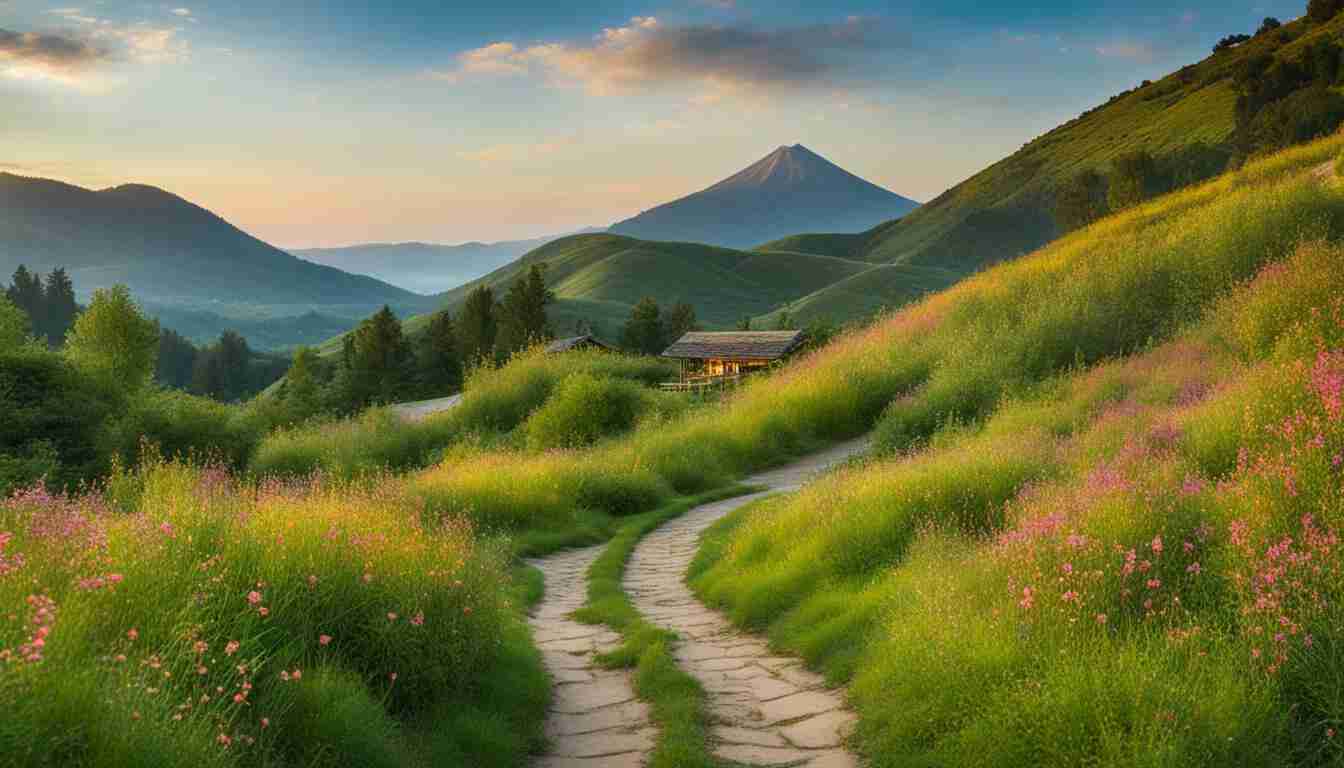Mexican pyramids: These impressive Mexican pyramid structures have been built by pre-Columbian civilizations such as the Olmecs, Mixtecs, Toltecs, Zapotecs, Aztecs (or Mexicos), and Maya. Much of them had a distinctive look, but they all used clay, stone, and mortar. The eastern coast of Mexico has many top pyramids. Others are inland, near Oaxaca’s the City of Mexico, and further south.
The Mesoamericans constructed pyramids from about 1000 B.C. Before the Spanish conquest at the beginning of the sixteenth century. The oldest Egyptian pyramid, the Djoser Pyramid, was built in the 27th century B.C. The Egyptian Pyramids are much older than the American ones. La Venta in Tabasco, Mexico, is the oldest recognized Mexican pyramid in America.
They were created by the Olmecs, the first great Mesoamerican civilization (the pyramid dates back to 1000 B.C., a community notable for the other early years such as sweets and the use of sport). As in four hundred B.C. The Mexican pyramids were made of earth and then confronted by stones in a foundation or temple, usually stepped or laid.
In certain instances, to glorify the present dictator, the Mexican pyramids were repeatedly reconstructed in Latin America over existing buildings. It was felt that the pyramid’s rebuilding was a critical phase, renewing the King’s relations with the gods.
The Mexican pyramids offer an exciting glimpse into the infinite, mysterious, and prosperous ancient civilizations of the world. A homeland of gods, a burial ground for royalty. These towering steel buildings, and many of them remain excellent while they are centuries old, have been constructed by the Mayan, Aztek, and Olmec people. Today travelers from all over the globe visit Mexico to visit these beautiful ancient Mexican pyramids.
The Sun’s Pyramid in Teotihuacán, Mexico, is the most well-known single pyramid in Latin America. Most of the predominant cultures of Mesoamerica was The Teotihuacan. Each one was built around a center of rubble kept up by retaining walls, like many Mexican pyramids.
The Walls were then coated with adobe and calcareous bricks. Nobody has ever entirely lost knowledge of the massive ruins of Teotihuacan. Diverse squatters remained on site after the collapse of the settlement. The city was a pilgrimage site in the Aztec era and associated with the Tollan myth, the location of the sun’s creation. Teotihuacan is today one of Mexico’s most prominent archaeological sites.
The Maya, another powerful Mesoamerican civilization, turned temple-pyramids into their major stone towns’ majestic score. The Mayans had a sophisticated astronomical and cosmological scheme and often angled ritual structures like pyramids to face sunrise or sunset at specific times of the year.
To house and worship their deities, the Aztecs lived in the Mexican valley between the 12th and the 16th centuries. They were often tied to Aztec warrior society, where the intricate design of Aztec pyramids and other structures. In South America, where indigenous peoples such as Moche, Chimú, and Incas lived, more Mexican pyramids can be found.
Conclusion
Pre-Colombian cultures in Mexico can be challenging to preserve, but they have shared specific similar characteristics. They found maize to be an important crop, and they all constructed pyramids at many of their archaeological sites. They are now accessible in Mexico, giving a glimpse into the ancient history of the region.





